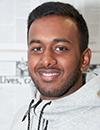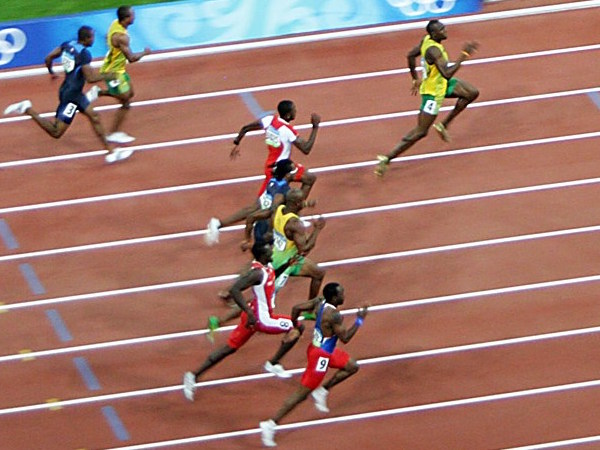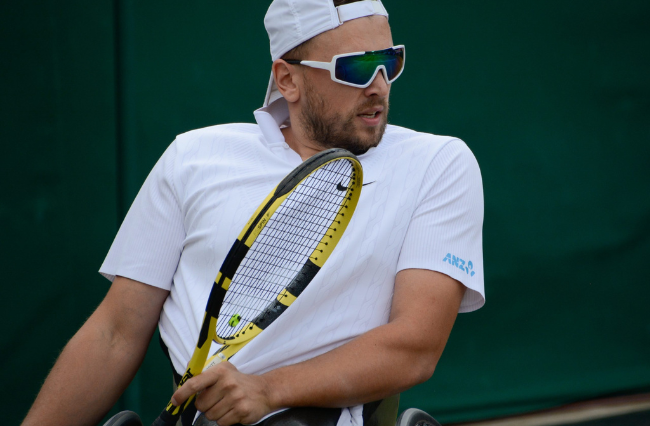When the 2016 Olympic Games commence in just under three months, many student athletes will don the green and gold and represent Australia in Rio.
While many students struggle to cope with their university workload and regular part-time jobs, student Olympians must balance their study and elite level training.
Head of Sports Medicine at Elite Academy Sports Medicine, Kusal Goonewardena says that that student Olympians must plan ahead in regards to their education.
“These athletes know well in advance whether they are going to compete at that high level. So when it comes to making the trials, they have to plan everything very meticulously,” Goonewardena tells upstart.
“Planning comes down to knowing what the course structure is, speaking to lecturers and tutors, and getting all the information they might have, to study before they actually train and compete.”
Goonewardena has previously worked with Olympians such as Phoebe Stanley and Katya Crema. In Crema’s case, she was also a student while training for the 2010 Winter Olympics in Vancouver, Canada.
Preparation for the games
While the spotlight on the athletes only starts beaming at the Olympic Games, Goonewardena says the athletes’ preparation starts well beforehand.
“My work (with the athletes) begins any time between two to three years before the Olympic games, because they have to start training and doing their trials to get into the teams,” he says.
“18 months before [the competition] I see them once a week or once a fortnight. But right before they depart for the [Olympic] games, we prepare them two to three times a week.”
Goonewardena explains that athletes’ training is split into five fundamental sections: the biomechanics, the range, the control, the core, and the strength and conditioning, with the most important part being the biomechanics.
“Importance wise, biomechanics is the key. That foundation allows everything else to work properly,” he says.
“On a weekly basis, if people are training harder, their biomechanics can be affected, so it’s our job to keep that on track.”
Goonewardena explains that the biomechanics of an athlete is made up of three different factors: the nervous system, the muscular system, and ligaments and joints
“You want to make sure that nerves, muscles and joints are all working well with movement, and that’s when you have perfect biomechanics,” he says.
Athletes training for the Olympics are graded on a performance pyramid. The pyramid is split up into five sections with the most important section at the base.
“If you imagine five sections of a pyramid, the base of the pyramid is the biomechanics, and that is the most important section. Athletes must score highly in that section before they are able to move into the next section,” Goonewardena explains.
Athletes are scored on how well they perform in each aspect of their training, and must pass each segment to move on to the section above it.
“The total score that you can get in the pyramid is 100 points. Athletes such as Olympians or Winter Olympians should be scoring anywhere between 85 to 95 points, that’s where their bodies are pain-free, working really well and they are pretty much on top of their form.”
With athletes training up to two to four hours a day on average in the lead up to the Olympics, Goonewardena says many take a break from their studies.
“I’ve had student athletes who have a degree that might normally take three years, but it takes them six. Because of the overseas commitments and training commitments that they have, the load that they can undertake is very low.”
Goonewardena suggests that the lack of funding that student athletes have in comparison to their professional counterparts makes the balancing act tougher as they cannot afford to give up on their education.
“It’s quite admirable to see them doing well because at the end of the day they are performing at a very high level for their country as well as having to juggle everything else in their lives including studying, sport and family,” he says.
“You see a lot of commitment with athletes through their planning. They are not only very passionate about their sport, but they are very focused as well.”

Chris De Silva is a third-year Bachelor of Journalism student at La Trobe University and a staff writer for upstart. You can follow him on Twitter @cdesilva23









